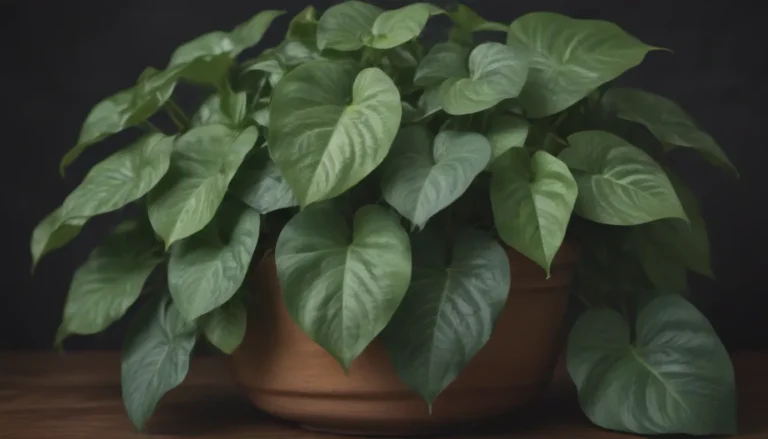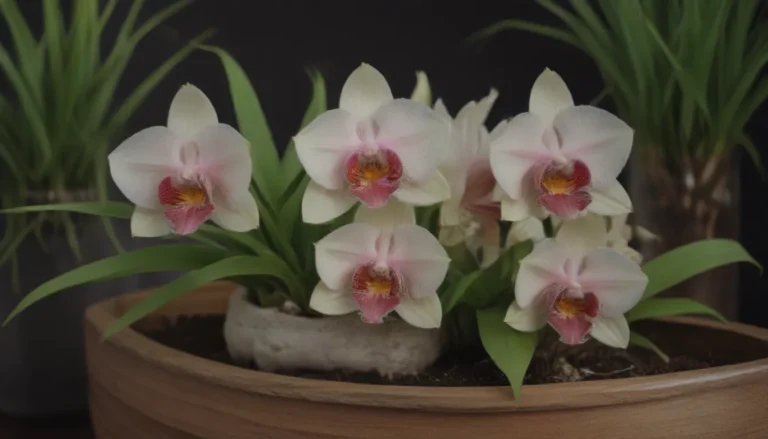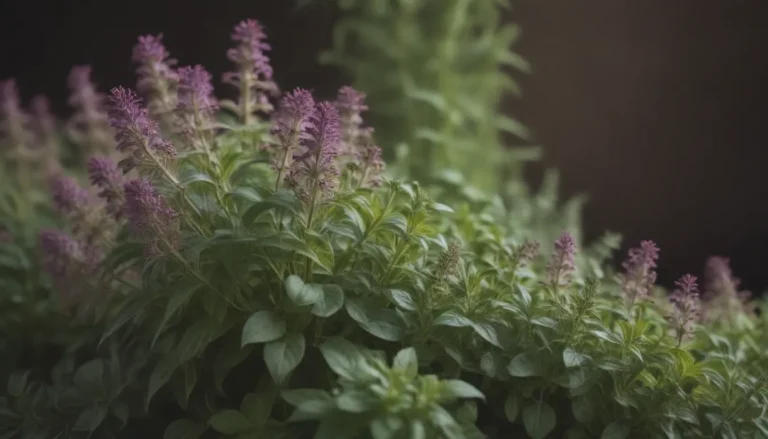Everything You Need to Know About Growing and Caring for the Thanksgiving Cactus

Are you looking to add a splash of color to your home during the colder months? Look no further than the Thanksgiving cactus! This tropical beauty is known for its stunning flowers that bloom around Thanksgiving, brightening up your space just in time for the holiday season. In this comprehensive guide, we will explore everything you need to know about growing and caring for your Thanksgiving cactus to ensure it thrives and blooms beautifully year after year.
Getting to Know the Thanksgiving Cactus
Before we dive into the care tips, let’s take a closer look at the Thanksgiving cactus and what sets it apart from its holiday cactus cousins. The Thanksgiving cactus, scientifically known as Schlumbergera truncata, is a compact plant that typically grows to a mature size of 6 to 12 inches tall and 1 to 2 feet wide. Unlike its close relatives, the Christmas cactus and Easter cactus, the Thanksgiving cactus blooms around the Thanksgiving holiday, hence its name.
While all three cacti may look similar at first glance, they each have unique care requirements that are essential for their overall health and flowering success. By providing your Thanksgiving cactus with the proper care, you can enjoy beautiful blooms year after year and even help your plant live a long and healthy life of 20 to 30 years.
How to Care for Your Thanksgiving Cactus
To ensure your Thanksgiving cactus thrives and blooms to its full potential, it’s important to provide the right conditions and care. Here are some essential care tips to keep in mind:
Light
In the spring and summer, your Thanksgiving cactus will thrive in medium indirect light. As it prepares to bloom in the fall, move it to a brighter location with bright, indirect light. Avoid direct sun exposure, as this can cause sunburn on the delicate leaves of the cactus.
Soil
Replicating its natural environment, the Thanksgiving cactus thrives in a potting mix that is humus-rich, airy, and well-draining with an acidic pH. A mixture of one part peat moss, one part perlite, and one part orchid bark is ideal for this tropical beauty.
Water
Proper watering is key to keeping your Thanksgiving cactus happy and healthy. Keep the soil consistently moist, but be careful not to overwater. Allow the top 1-2 inches of soil to dry out between waterings, and always water thoroughly until water drains out of the bottom of the pot.
Temperature and Humidity
Thanksgiving cacti thrive in warm, humid conditions. Maintain a humidity level above 50 percent and keep temperatures between 60 to 65 degrees Fahrenheit for optimal growth. These cacti can adapt well to average household temperatures, making them fairly easy to care for indoors.
Fertilizer
To promote blooming in the fall, fertilize your Thanksgiving cactus regularly throughout the growing season. Use a balanced, diluted liquid fertilizer every two weeks during the spring, summer, and early fall. Once the blooms have dropped, hold off on fertilizing until new growth emerges in the spring.
Pruning and Propagating Your Thanksgiving Cactus
Regular pruning is essential for maintaining a healthy and bushy Thanksgiving cactus. Prune your plant in the spring once new growth has started to emerge, and save any cuttings for propagation. Thanksgiving cacti propagate easily from stem cuttings, making it a fun and rewarding way to expand your plant collection or share with friends and family.
Here’s how you can propagate your Thanksgiving cactus in a few simple steps:
- Take a stem cutting from a healthy part of the plant.
- Allow the cutting to callus over for a few days.
- Plant the cutting in a well-draining soil mix.
- Keep the soil moist but not soggy until roots develop.
- Once rooted, your new plant is ready to grow!
Encouraging Blooms and Keeping Your Thanksgiving Cactus Healthy
- Bloom Months: True to its name, the Thanksgiving cactus blooms in the late fall around Thanksgiving, with the blooming season typically lasting from November to March.
- How to Encourage More Blooms: If your cactus is hesitant to bloom, you can help it along by exposing it to colder temperatures or increasing darkness for several weeks before blooming season.
- Caring for Your Cactus After Blooming: After the blooming season ends, your Thanksgiving cactus will enter a period of rest. During this time, reduce watering frequency and enjoy your low-maintenance plant until it’s ready to bloom again.
Common Problems and Solutions
While Thanksgiving cacti are generally easy to care for, they can encounter a few issues along the way. Here are some common problems and solutions to keep your plant healthy and thriving:
No Blooms
- Be patient if your cactus doesn’t bloom in its second year.
- Provide the proper conditions to induce blooming indoors.
Flower Buds Falling Off
- Maintain a stable environment during flowering to prevent bud drop.
Yellowing Leaves
- Check for overwatering or too much sunlight if leaves turn yellow.
- Ensure proper drainage and provide indirect light for your cactus.
By following these care tips and troubleshooting solutions, you can ensure that your Thanksgiving cactus remains healthy and vibrant year after year. With a little love and attention, your cactus will reward you with stunning blooms and lush foliage that bring joy to your home during the holiday season. Happy growing!





